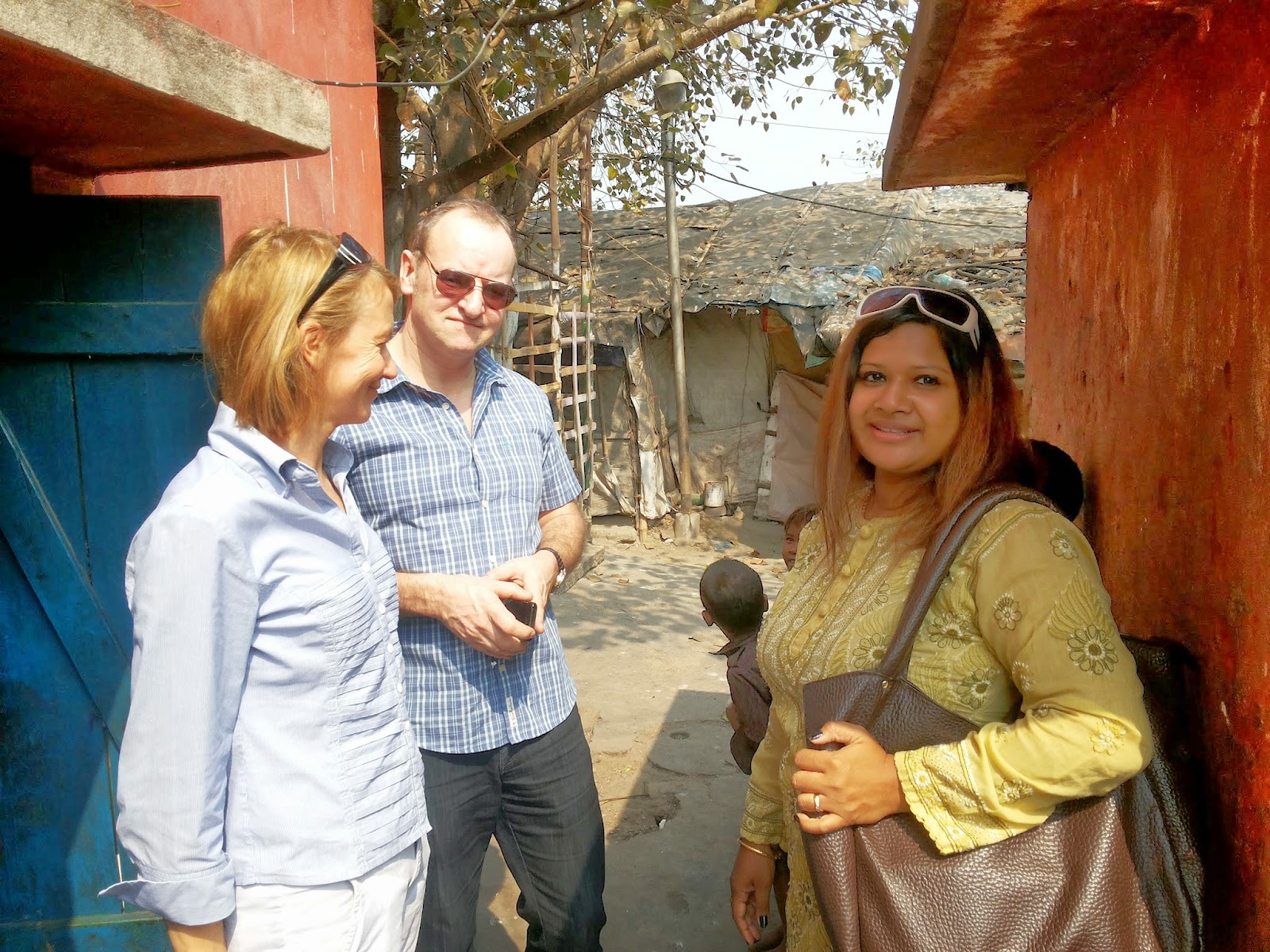 The Bazzar walking tour....
The Bazzar walking tour....19th century Calcutta had quite diverse sectors of retail trade. At the one extreme stood the exclusive shops of European tradesmen dealing in imported goods and fashionable bespoke orders. At the other were the 'informal' activities of itinerant hawkers and businessmen and the unorganized street bazaars which sprang up near residential areas. Between these were the privately owned market areas where individual stallholders could rent space and the streets of stalls and shops, such as Old and New China Bazaar Streets.
Only in the last
quarter of the century did Calcutta build a public (municipal) market, the Stuart Hogg Market or New Market.
The
bazaar life of Calcutta has always been a prosperous one. A growing population
with many distinct communities having their different food needs, clothing
styles and lifestyles called into being diverse and busy markets.
1830: there
were some 30 food markets in Calcutta but only two were for Europeans and the
wealthy Bengali babus.
One was Dharamtolla Bazaar on Dharamtolla Street, owned by a wealthy Bengali native, and the other was the Tiretta Bazaar which had been started by a Venetian. Both were very old, having been established in 1794 and 1788 respectively.
In
1871 a municipal report stated: •The Dhurrumtollah Market is situated on
the corner of Chowringhee and Dhurrumtollah Streets.
This market was full of cockroaches
and flies; refuse was thrown about and lay rotting in cesspools. There was no
control over the quality and display of the meat and fish sold there. Charges
were made that diseased cattle which had died in the fields were sold in the
market. It was said that the conditions were such as to change any meat eater
into a vegetarian.
The health officer of the
Calcutta Corporation felt that it was impossible to enforce a
clean-up. These were private markets; there was no
public control. The Calcutta Corporation had established slaughterhouses for
the sanitary killing of cattle, goats, pigs and fowl but could do nothing about
how the produce was marketed. By the 1860s the European residents were up in
arms about the spread of gastro-erteritis and intestinal disease in the city.
They brought pressure on the Corporation about the markets but the private
owners were reluctant to invest large sums in redesigning the markets and the
Corporation lacked the power to interfere.
Thus was born the concept of a
municipal market, to be built and administered by the Corporation of Calcutta.
A fruit seller
our Guest from U.K on a Bazzar walking tour
women from the suburbs travel by local trains to sell their goods in these local markets and return back home.
Every Bengali kitchen has potatoes.... and pati lebu(lime)
In Bengal people believe that chiles should never been put directly in another persons hand as you might buy a fight or quarrel with the person, rather put it in a basket or put it down for the other person to collect it.
Masala or Indian spices
Tamarind is used in fish curry.
During summers the locals prefer to eat a cucumber everyday. you will find hawkers selling cucumber on the sidewalks....especially in Dalhousie,new market,in front of schools and colleges and small street as well...."beat the heat with a Cucumber"
Chicken or Murgi is a sunday thing in most families....lol
Bongs don't mind fish throughout the week.
crabs crabs and crabs....
Jaggery or palm candy..used in cooking rice pudding (Payesh or kheer)
how to detect if it is a fresh fish...check the eyes if they are milky white its a fresh fish and if is yellowish then walk up to the other shop...
Tour expert Indu in the market...
Brooms and brooms
To book a bazzar walk with us mail us at tours@letsmeetuptours.com or call at 9051201818/1717visit our website www.letsmeetuptours.com

































































